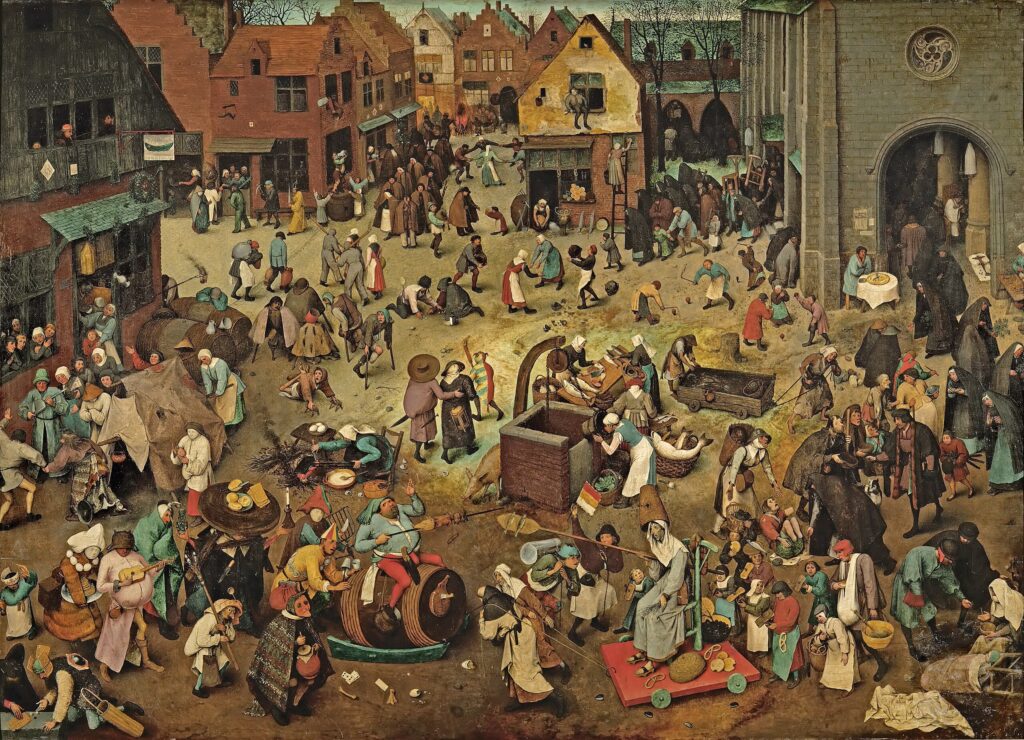Today I’d love to plunge deep into art history. Throughout, various movements and styles have emerged, each reflecting the cultural, social, and philosophical undercurrents of its time. Among these, Academicism stands out as a pivotal style that has significantly influenced the development of Western art. Rooted in the principles of classical antiquity and the Renaissance, Academicism embodies a disciplined approach to art, emphasizing traditional techniques, realism, and harmonious proportions. This article delves into the core aspects of Academicism, exploring its origins, characteristics, and enduring legacy in the art world.
Academicism originated in the early 16th century, closely tied to the establishment of the Académie Royale de Peinture et de Sculpture in France in 1648. This institution, and others like it across Europe, aimed to standardize art education and uphold the classical art forms of ancient Greece and Rome, as well as the Renaissance. These academies became the custodians of artistic standards, dictating the rules of good taste, proper technique, and subject matter deemed worthy of artistic exploration.
Key Characteristics of Academic Art
1. Classical Themes and Techniques
Academic artists drew inspiration from classical mythology, history, and literature, often portraying scenes with moral or educational themes. The techniques employed were meticulous, with a strong emphasis on draftsmanship, clear outlines, and detailed anatomy.
2. Realism and Idealism
While Academicism stressed realism and the accurate depiction of the natural world, it also idealized its subjects. Figures were often presented in a polished, perfected manner, embodying the ideals of beauty and heroism.
3. Composition and Harmony
Artworks exhibited a careful arrangement of elements, balancing colors, light, and shadow to achieve a harmonious whole. The composition was guided by principles of symmetry and balance, reflecting a pursuit of perfection.
Influential Figures and Works
Prominent artists such as Jacques-Louis David, Jean-Auguste-Dominique Ingres, and William-Adolphe Bouguereau are among the most celebrated figures of Academicism. David’s “Oath of the Horatii” (1784) and Ingres’ “Grande Odalisque” (1814) exemplify the style’s emphasis on classical themes, emotional restraint, and precise technique.
Impact and Legacy
Despite its dominance, Academicism began to face criticism in the late 19th century as movements like Impressionism and Post-Impressionism sought greater freedom in expression and technique. However, the academic tradition continued to influence artists, serving as a foundational training ground. Today, Academicism is appreciated for its technical mastery and its role in preserving classical art traditions. Its teachings continue to be relevant in art education, emphasizing the importance of foundational skills in drawing, composition, and observation.
Conclusion
Academicism, with its rigorous standards and classical ideals, represents an essential chapter in the history of art. It not only showcases the technical prowess and intellectual ambition of its practitioners but also underscores the enduring appeal of classical beauty and harmony. As we explore the diverse landscape of art styles, understanding Academicism provides valuable insights into the evolution of artistic expression and the perpetual dialogue between tradition and innovation.




